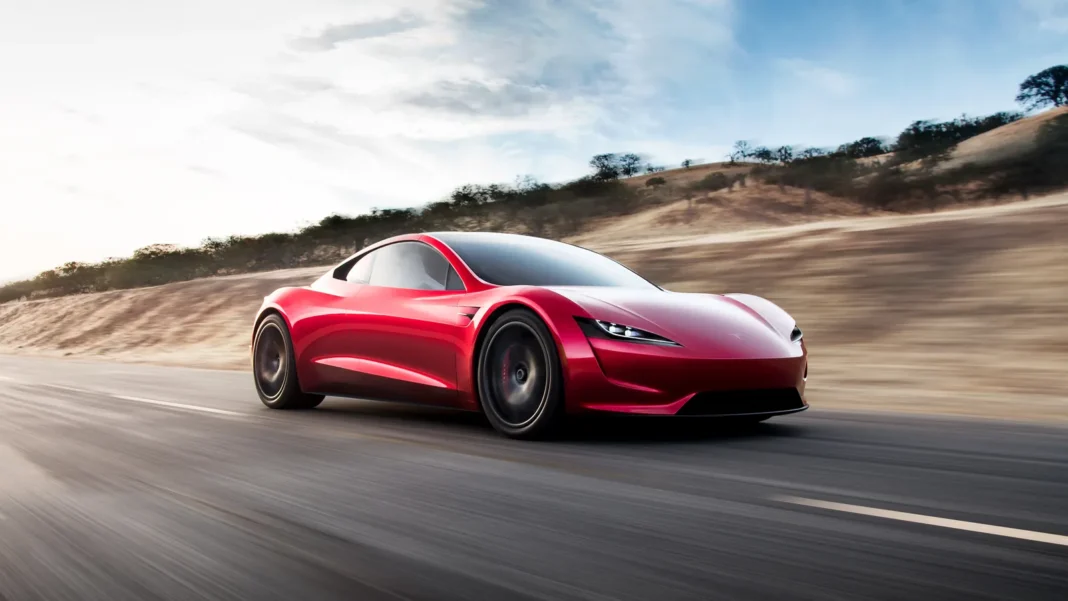In a surprising move, China’s government is planning to ban a major Tesla design feature — the hidden or flush door handles that have become a signature part of Tesla’s sleek car design. The proposed rule by the Ministry of Industry and Information Technology (MIIT) would require all new passenger vehicles to include visible, mechanical door handles that can be operated even during a power failure or accident.
This decision could force Tesla, NIO, and several other electric vehicle (EV) makers to redesign their models to meet new national safety standards in the world’s largest auto market.
⚠️ Why China Wants to Ban Tesla’s Door Handles
According to reports from The Times of India and The Independent, the new safety draft regulation was introduced after several accidents and emergency incidents where rescuers faced difficulties opening car doors due to flush handles failing to deploy.
- The new MIIT draft regulation mandates that all passenger cars must have external door handles with visible, fixed structures.
- These handles must be mechanically operable from outside the car, even if the vehicle’s electrical system is damaged.
- The goal is to improve accessibility during rescue operations and reduce risks in fire or crash scenarios.
This move comes as part of China’s broader automobile safety modernization policy, aiming to address design trends that prioritize aesthetics over practicality and safety.
🧠 Why Tesla’s Design Is Under the Spotlight
Tesla introduced flush door handles on its Model S in 2012, promoting aerodynamic efficiency and futuristic design. The handles remain hidden when the car is locked and extend outward when approached.
However, this innovation has faced criticism:
- Emergency failures: There have been incidents where rescue teams couldn’t access vehicles quickly because the electronic handles didn’t extend after crashes or battery failures.
- Complexity: The design adds electronic and mechanical complexity, increasing the risk of malfunction.
- Public scrutiny: Viral videos from past Tesla accidents in the U.S. and China reignited debate about whether design innovation sometimes compromises real-world safety.
If the MIIT regulation passes, Tesla would need to modify all future models sold in China to include physical handles that meet the new visibility and manual-access standards.
🌏 Other Automakers Likely to Be Affected
Tesla is not the only brand impacted by this proposal. Several Chinese EV makers, including NIO, XPeng, BYD, and Zeekr, use similar flush-handle designs on their premium models.
Industry analysts note that:
- The new law could require mass redesigns of car exteriors, costing millions in engineering and compliance.
- It may delay model launches or force re-certification of existing vehicles under China’s auto safety approval process.
- Some automakers may introduce hybrid handle designs — retractable yet partially visible — to balance aesthetics and compliance.
💬 Industry Reactions
While the regulation is still in the public comment phase, experts say the change underscores China’s focus on real-world usability over minimalistic design trends.
- Safety advocates have praised the move, calling it a “common-sense step” to protect drivers and emergency responders.
- EV enthusiasts, however, worry it could dampen innovation in China’s booming electric car sector.
- Tesla has not issued an official statement yet, but analysts expect the company to comply if the rule is enacted.
🔍 What Happens Next
The MIIT has invited feedback on the proposal through late 2025. If approved, the regulation could take effect from 2026 onwards, giving automakers time to adapt designs for compliance.
The move highlights how China’s automotive regulations are evolving from encouraging rapid EV growth to ensuring long-term safety and reliability.
For Tesla, the potential ban comes at a time when it’s already facing increased competition from Chinese EV giants and tighter regulatory oversight in one of its most important markets.
🧩 Bottom Line
If implemented, this new rule would mark a significant shift in China’s vehicle design standards, forcing even global leaders like Tesla to rethink the balance between style, innovation, and safety.
As China moves to ban Tesla’s flush door handles, automakers worldwide are watching closely — a reminder that in the race for futuristic design, safety must always stay visible.



